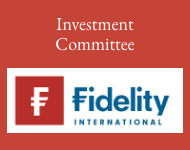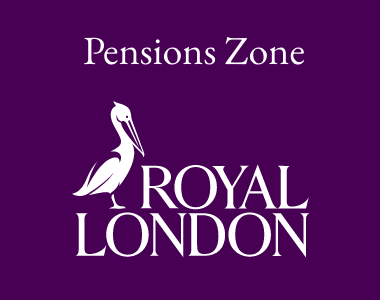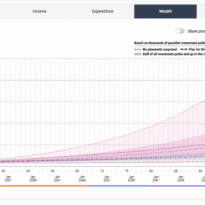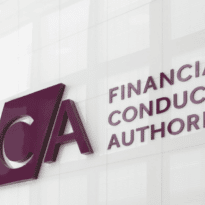Following the recent meeting of China’s Politburo, Fidelity International’s Global Chief Investment Officer, Andrew McCaffery, provides his assessment of China’s post-pandemic economic recovery and whether the China investment case remains intact.
As China continues to focus on economic recovery, the recent Politburo meeting confirmed broad support for the property sector, boosting consumer spending and addressing unemployment.
We have always believed that China would experience a sustained post-pandemic recovery that was not underpinned by high stimulus levels. Instead, we expected ongoing policy support to focus on achieving five per cent-plus growth this year.
Clearly, markets have been disappointed as they anticipated more rapid improvement, but they are now beginning to rationalise their growth expectations. Our view is that this somewhat unexciting period will eventually give way to a more positive market tone.
We are noticing a mixed picture across the various market sectors. The mood is generally upbeat in consumer service segments like travel, lodging, and cosmetics. Here, some industry leaders are gaining market share and enjoying post-pandemic operational leverage. Conversely, sectors exposed to the property market are not seeing tangible signs of recovery, with pricing expectations in Tier-1 cities starting to move lower. Overall, consumers are very conscious of gaining value without sacrificing quality.
Challenges in the property market and youth unemployment
Weakness in the property market continues, particularly seen in June. Looking ahead, there could potentially be more stimulus to follow the meeting of China’s Politburo, but it’s unlikely to be significant. Instead, we should see a continuation of a gradual and targeted approach as the government waits for economic drivers to shift from infrastructure and property to manufacturing and consumption.
Job creation in China has slowed in recent years, not just because of the pandemic but also because of regulatory tightening in, for instance, the technology, innovation, education and, to some extent, property segments. Over the longer term, youth unemployment is expected to reduce.
What will help is a restoration of confidence, particularly among small and medium-sized firms. The central and local governments are also trying to introduce measures to boost employment.
The employment situation highlights the significant contrast between what is happening in China and elsewhere in the world. In the UK and, to a degree, the US, we have labour-market tightness and a wage-price spiral that has not entirely dissipated. This is feeding into monetary policy with further tightening – a situation that China doesn’t face.
We also see a number of areas that are bringing new employment opportunities in China, such as in decarbonisation and green-sector activities where focus is accelerating.
Looking ahead
We are standing at a crossroads with many asking what type of policy are we waiting for. Short-term policies, such as relaxing property restrictions, could see prices rise again, but any significant infrastructure investment in areas such as transport would not support what the government is trying to achieve. Its desire to spend money on high-tech and industrial automation will have a massive influence on the domestic economy by allowing people to become more productive.
The introduction of further short-term measures should stabilise the employment market and underpin consumer confidence. However, international investors are also looking for policy makers to clarify their longer-term policy framework in areas such as demographic and structural housing issues. Some of this uncertainty could be cleared up in the next few weeks, which would also help investor confidence.
Our core view on China is that the market is inexpensive at present, with an earnings revision cycle still to bottom out across all sectors. While investors should exert an element of caution given the mixed picture of economic recovery, we believe the upcoming earnings season for H1 could have the potential for positive surprises, and the medium-to-long term investment case remains very much intact.
Note: The value of investments and the income from them can go down as well as up so you/the client may get back less than you/they invest. Investors should note that the views expressed may no longer be current and may have already been acted upon. Overseas investments will be affected by movements in currency exchange rates. Investments in emerging markets can be more volatile than other more developed markets.
































